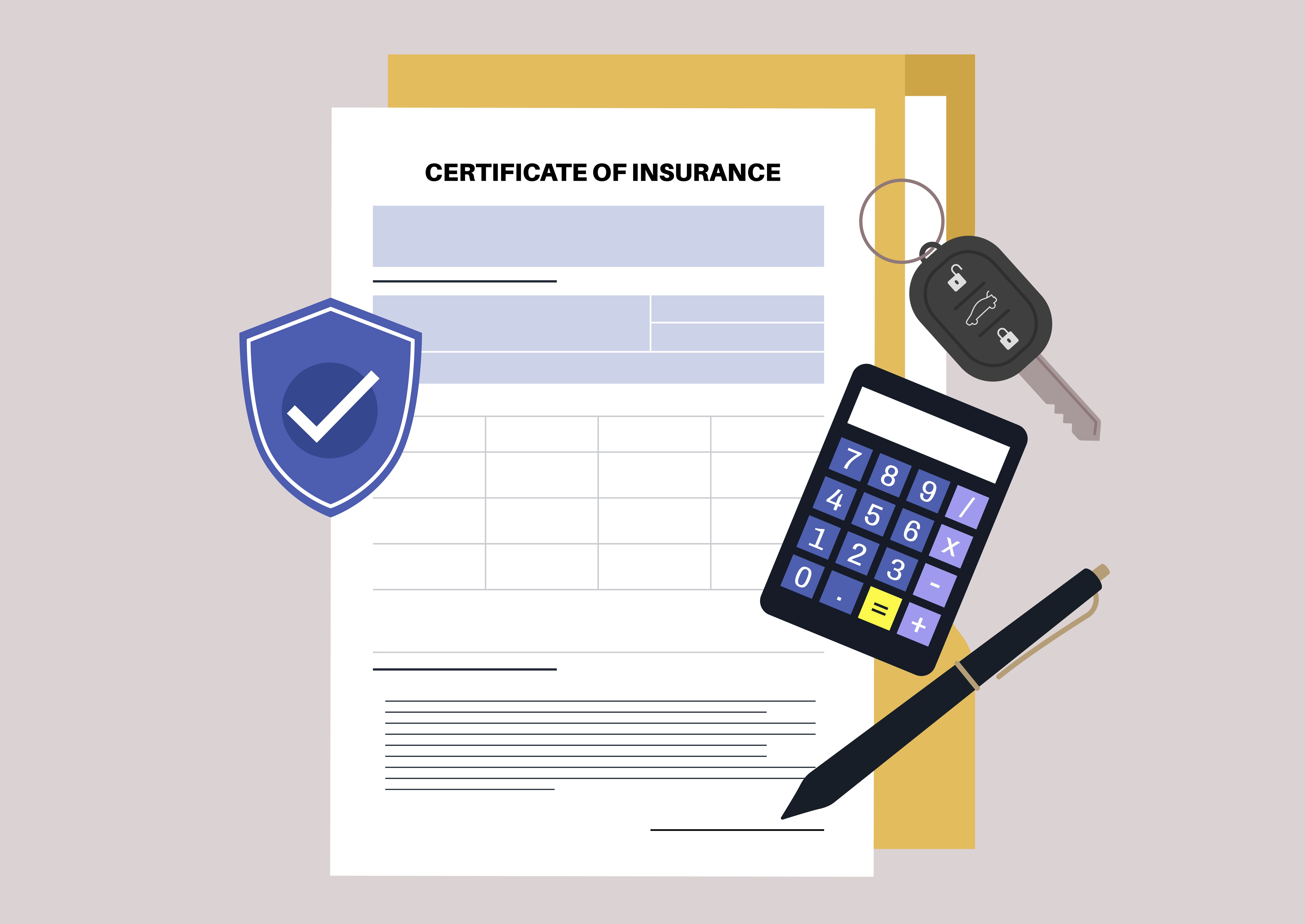Ready for the 2017 OSHA Updates?

As you prepare to complete and post your OSHA 300A, providing a summary of work-related injuries and illnesses, it’s a good time to think about the new OSHA requirements and how they will affect you. Four major updates are effective in 2017—electronic record keeping requirements, anti-retaliation protections, walking-working surfaces and fall protection, and beryllium exposure limit.
You can find information about each of these changes below.
1. Electronic Submission of Records
The new rule, which took effect January 1, 2017, requires certain employers to submit their 300 log information electronically. Are you one of those employers? Any establishment with 250 or more employees that is currently covered by the recordkeeping regulation will be required to submit information electronically. Additionally, establishments with 20-249 employees in specific high-risk industries must submit information from their 300A form electronically. OSHA State Plans will be required to adopt substantially identical requirements within 6 months.
Employers must submit 2016 data by July 1, 2017, and 2017 data by July 1, 2018. Beginning in 2019, and every year thereafter, the information must be submitted by March 2.
- OSHA recordkeeping general information
- Electronic submission information and final rule
- List of hazardous industries
2. Anti-Retaliation Provisions
As part of the recordkeeping update, OSHA included anti-retaliation provisions that may impact your current post-accident drug testing and safety incentive programs.
3. Walking-Working Surfaces and Fall Protection Standards in General Industry
Effective January 17, 2017, changes were made to better protect workers in general industry from fall hazards. As much as possible, OSHA aligned general industry requirements with construction standards. In addition to updating and clarifying standards, the changes add training and inspection requirements. Most of the rule is effective 60 days after it is published, but some provisions have delayed effective dates, which range from 6 months to 20 years.
4. Beryllium Exposure Limit
OSHA issued a final rule that reduces the permissible exposure limit (PEL) for beryllium to 0.2 micrograms per cubic meter of air averaged over 8 hours, a ten-fold decrease from the previous PEL. This change, which is effective March 21, 2017, is expected to impact over 62,000 employees. For companies with exposures over the new PEL, there are requirements for engineering controls, personal protective equipment, medical exams, medical surveillance, and training.
An insurance company that cares about you and insuring the things you wish to be insured.
Get a Quote> Find an Agent>

